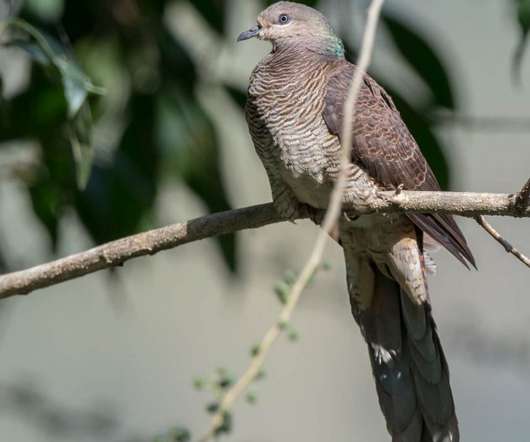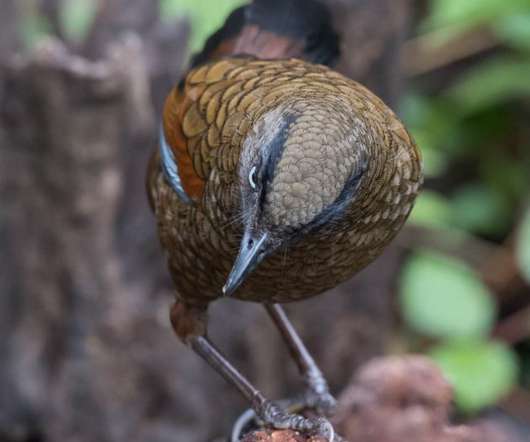Birding Hongbenghe, Yunnan
10,000 Birds
JUNE 23, 2022
I saw two Pitta species at Hongbenghe, both among the slightly less glamourous among the pitta family: The Blue-naped Pitta … … and the closely related Rusty-naped Pitta. The Blue Whistling Thrush is presumably named for its loud human-like whistling, and possibly for being blue.













Let's personalize your content